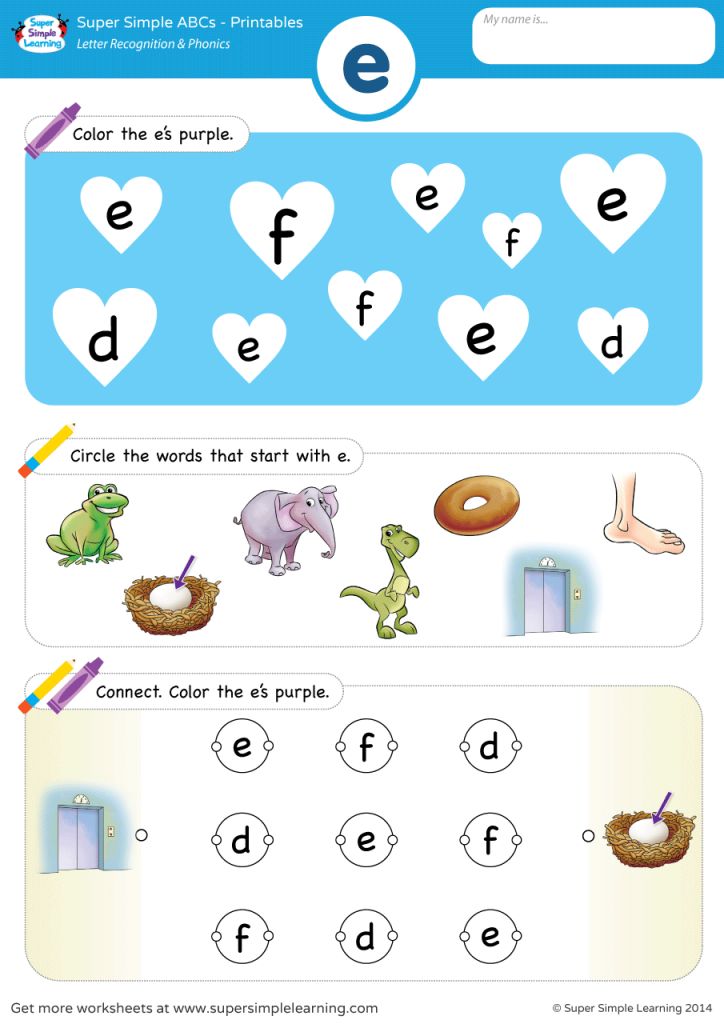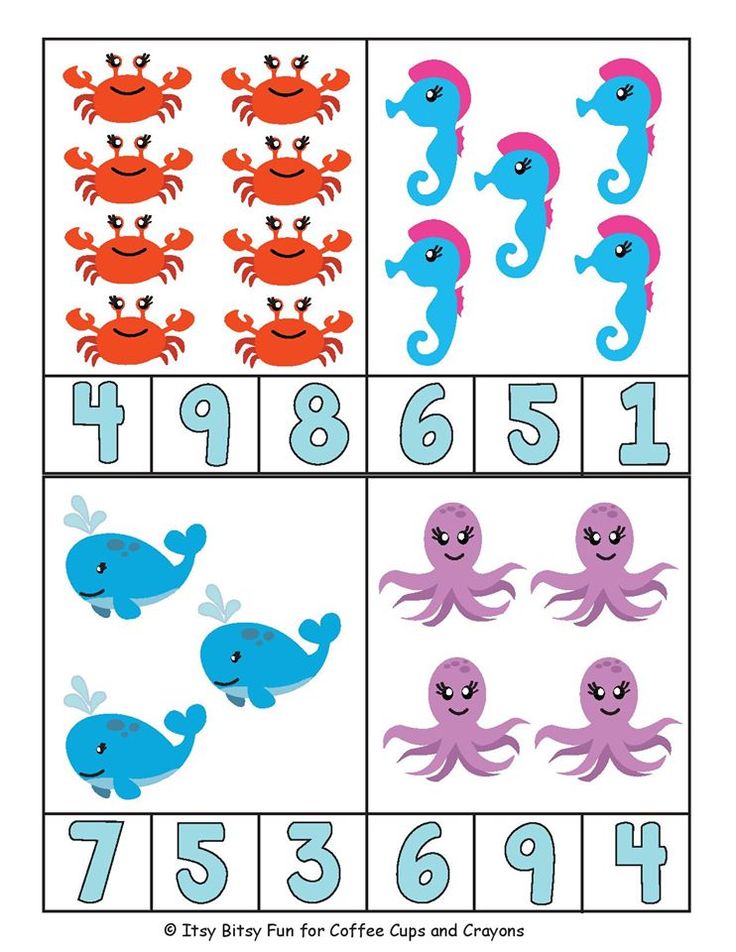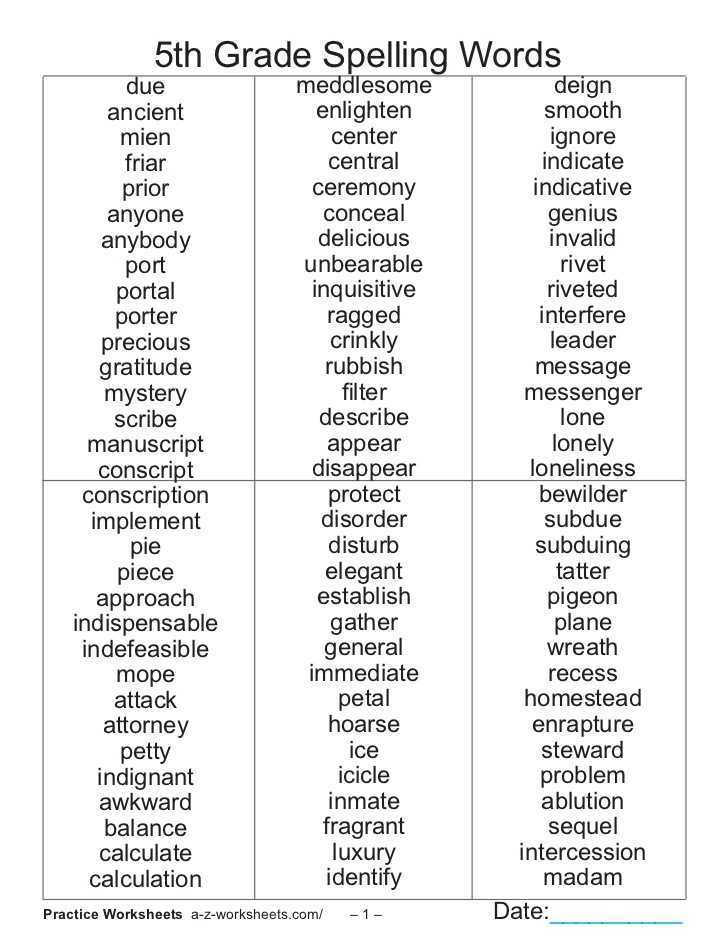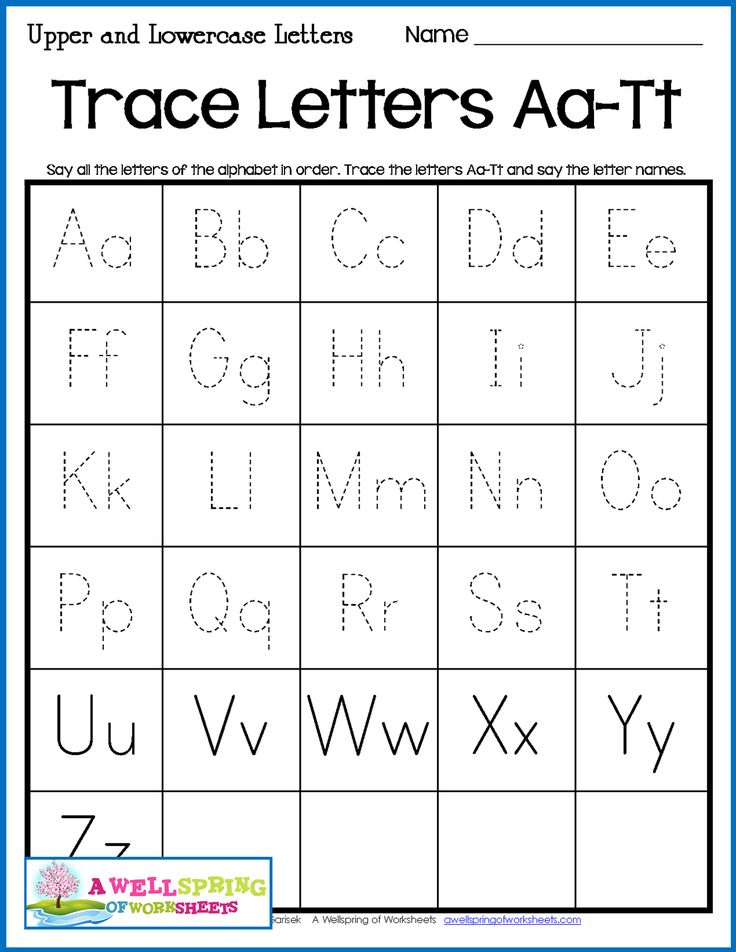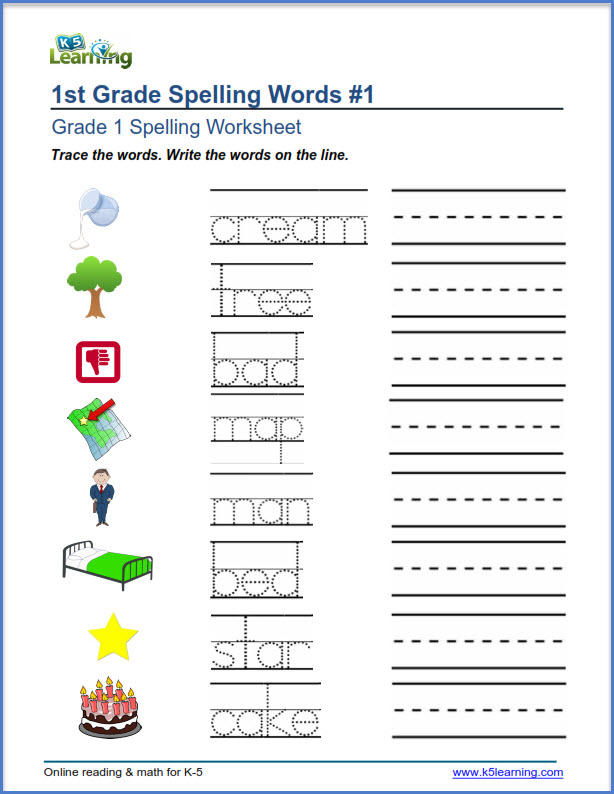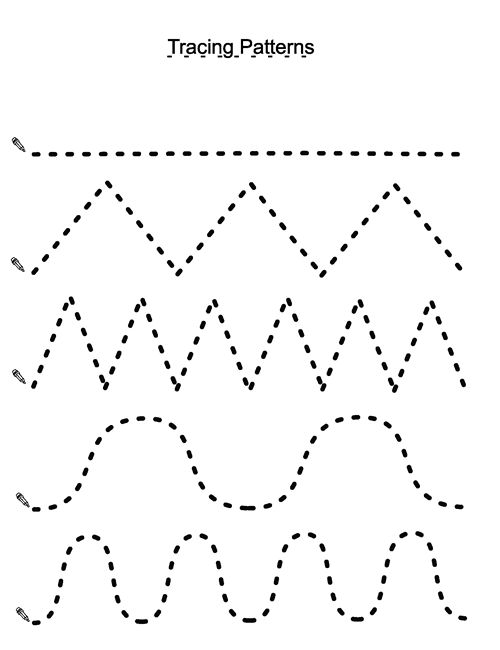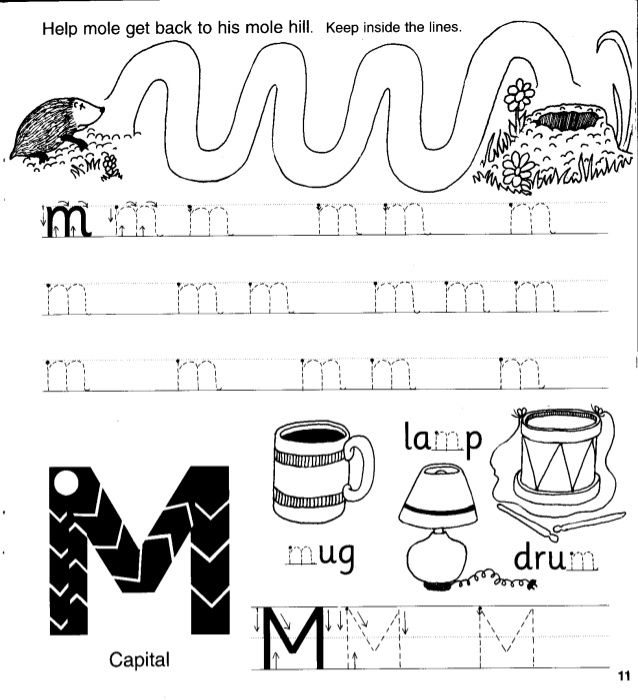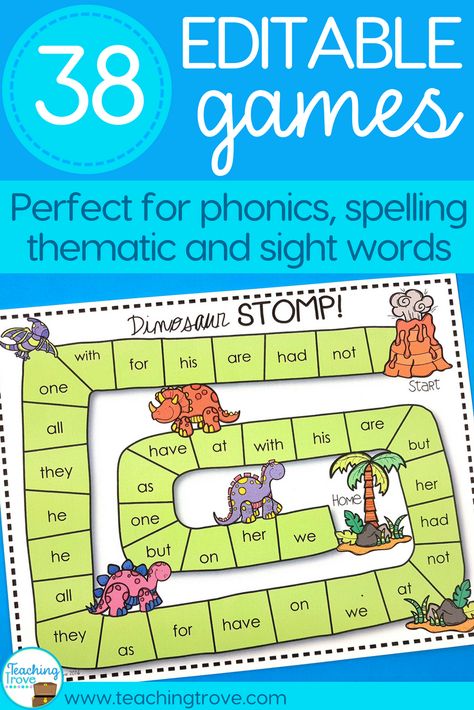Transitional stage of reading
Transitional Readers
Transitional readers, sometimes referred to as intermediate or nearly fluent readers, have begun to adopt the reading behaviors that will allow them to progress toward more advanced reading skills. Children usually enter this stage by second grade and begin developing the experience and skills necessary to make the transfer from "learning to read" to "reading to learn".
The progression from beginning reader to transitional reader is an essential milestone on the journey to becoming a good reader.
Young children usually enter the stage of transitional reader by second grade and have enough experience with print to:
- Decode unknown words
- Recognize increasing numbers of words
- Read more complex text and for longer periods of time
- Identify letter patterns and encode more accurately (spelling)
- Be more aware of story and text structure
- Begin using inferencing and other comprehensive strategies
Transitional readers demonstrate not only basic reading skills but the broader and richer elements of reading that allow them to obtain information from and interpret what they read, explore various genres, maintain interest in an entire book, and enjoy reading as an engaging activity.
Learn more about the importance of Early Literacy from our other resources on the subject.
This stage of literacy development is a critical one. Transitional readers who don’t receive the support they need to successfully bridge from “learning to read” to “reading to learn” may never reach reading proficiency. Research indicates that the transitional reader who does not develop fluency and automaticity is likely to experience the “fourth-grade slump”.
Fourth Grade Slump
The classic study on the fourth grade slump (Chall, Jacbos, & Baldwin(1990))
This deceleration of reading skills occurs for several reasons.
First, there is less reading instruction beginning in fourth grade as the focus shifts to using acquired reading skills to access academic content ("reading to learn").
Second, decoding and vocabulary increase in complexity and volume; students who do not have a solid foundation and adequate skills will often fall further and further behind.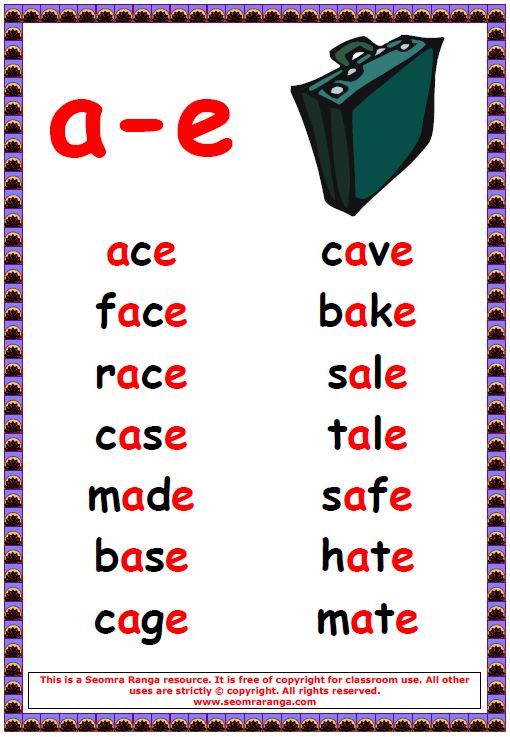
Third, teachers in upper grades may not have the training and experience to provide appropriate reading intervention for struggling readers and opportunities to provide the necessary skills to these students may be missed.
Children who are unable to progress beyond the transitional reader stage of literacy development will typically never reach their academic potential. When students cannot read fluently, they tend to read less and avoid challenging material. By sixth grade, reading comprehension is shown to be negatively impacted and access to content in science, literature, social studies, and math is reduced.
The model of literacy development that begins with emergent reading and continues to advanced reading predicts that students who are lacking basic and transitional reading skills will have difficulty with later reading development.
Delays in providing early reading intervention typically results in greater future difficulties. Students find it increasingly hard to cope with the literacy demands placed upon them as they enter each successive grade.
To raise a generation of advanced readers and eliminate the achievement gap, adequate instruction and support at every stage of reading development must be provided to students with fidelity by trained and experienced teachers.
How can I apply this in my school?Download our free resource providing games and activities that can help with instructing transitional readers.
Reading Comprehension Activities-Emergent/Early/Transitional - Simply Skilled Teaching
The goal of reading is comprehension. Although we need to teach letters, sounds, sight words and phonics, we also need a periodic reminder: Reading comprehension activities are important! The foundational skills we are teaching all lead to the ultimate goal of reading: comprehending the text.
Fluency Doesn’t Mean Much Without Good Reading Comprehension…
Ever catch yourself reading a book, article or blog post and realize you have no idea what you’ve just read? Ever slogged through a difficult instruction manual and struggled with the unfamiliar language and terminology?
Even fluent, capable, adult readers can experience moments of struggle with reading comprehension. That’s why the reading comprehension activities you provide in literacy stations and the strategies you teach during Guided Reading are so important.
That’s why the reading comprehension activities you provide in literacy stations and the strategies you teach during Guided Reading are so important.
“If You Can Comprehend This, Thank a Teacher!”
The comprehension strategies you share will eventually become ingrained in readers and will help them in their education and beyond. We see the results every spring as we watch all those college grads toss their caps in the air. They got to that point by using comprehension strategies that were instilled in them early-on by dedicated teachers like you!
Fun With Comprehension…
There are effective ways to teach reading comprehension strategies, and there are fun and engaging activities you can use. The key is to spark meaningful learning that helps children understand and connect with the text they read.
In this post, we’ll look at reading comprehension activities and strategies for emergent, early and transitional readers. In a separate post, we’ll tackle how to help your Fluent readers master those higher-level comprehension strategies. (Click here for that post on Reading Comprehension Strategies List for Fluent Readers.)
(Click here for that post on Reading Comprehension Strategies List for Fluent Readers.)
First, let’s talk about our sweet little Emergent Readers. It’s both challenging and fun to see them awakening to the world of print. But how much do those kiddos comprehend in a Guided Reading lesson?
Reading Comprehension Strategies for EMERGENT Readers (Levels A-C)
Don’t discount a simple introduction of a few basic comprehension strategies for readers at the Emergent level. Although they may still lack a complete grasp of concepts of print and may have a low level of phonemic awareness, even an early Emergent reader can tell you a little something about what they’ve “read.”
Emergent readers are excited to learn about letters, sounds and, eventually, the basics of decoding. To help them, teach and model the strategy of using pictures to monitor for meaning. As they look at the pages of a book, these readers do have the ability to use pictures as sources of information. A picture can help an Emergent reader construct meaning from a page of text, regardless of how simple that meaning may be.
A picture can help an Emergent reader construct meaning from a page of text, regardless of how simple that meaning may be.
Reading Comprehension Activities for Emergent Readers
It goes without saying: deep discussion of literature will not occur with students who are reading at the Emergent level. (This is not War & Peace here, people!) These readers rely almost exclusively on the meaning (or semantic) cueing system to help them decode the print on a page. It’s your job (and privilege) to help them unravel the mysteries of letters and words. Yet as you do that, you can also introduce the most basic comprehension strategies.
Emergent readers can learn basics such as retelling, asking & answering questions, making connections, or identification of the main character and setting. A picture book with only minimal words on each page can still be used to introduce these concepts.
“Where is the little boy in this story?” you may ask the student.
“At the zoo!” your aspiring reader answers proudly.
“That’s right,” you agree. “Have you ever been to the zoo?”
Of course, Letters & Sounds, Phonemic Awareness, and basic Sight Words and Decoding Strategies are the necessary tools for these little ones to master; yet they can still learn some Comprehension basics.
Help Emergent Readers Learn the Basics…
Emergent readers should understand that the words on a page have meaning, and they should be encouraged to talk about that meaning. Invite Emergent readers to think about the text and talk about it, even in the earliest stages when they can’t read it all by themselves. And again, as they progress toward early decoding skills, emphasize the importance of looking at the pictures for clues.
During a Book Introduction, a preview and picture walk lets you teach Emergent readers the basic strategies of talking about a text and asking questions. As you read and discuss the book, teach and model the strategies that are appropriate for the text and the student’s reading level.
During the Book Discussion segment of your Guided Reading lesson, use a short, open-ended question to teach a reading comprehension strategy such as asking and answering questions or making connections.
Reading Comprehension Activities & Strategies for EARLY Readers (Levels D-I)
Ahhh, our Early readers… This is where the fun really begins when it comes to teaching comprehension skills! Early readers know their letters and sounds. They’re busy at the all-important task of adding to their sight word vocabulary as well as building their understanding of decoding strategies and phonics.
Since Guided Reading texts for this reading level offer more detail and some basic storylines. This is where you can begin to help your kiddos pursue the ultimate goal of reading with comprehension. Emphasize comprehension strategies such as Retelling, Asking and Answering Questions based on key details, and Re-reading when confused by the text. Early readers are usually able to identify the beginning, middle and end of a leveled text, as well as identifying the main idea. This is also the time to explicitly teach, model and prompt for use of MSV (Meaning, Structure and Visual) cues.
This is also the time to explicitly teach, model and prompt for use of MSV (Meaning, Structure and Visual) cues.
Reading Comprehension for Early Readers – Day 1 Lesson Plan
Here’s an example of how reading comprehension strategies can be taught during Day 1 of a Guided Reading lesson for Early readers:
Book Introduction:
Using Mom’s Birthday Treat, a Guided Reading text from my Reach, Teach & Learn curriculum series, I begin my lesson. Sight words are of utmost importance at this stage, so they come first! After the review of sight words from the previous day, I give a very brief Book Introduction.
“This story is about a boy and his dad,” I explain. “They want to bake a special treat for his mom’s birthday. Let’s read the story to find out what happens.”
Preview & Predict:
Next comes the Preview & Predict segment of the lesson plan. In this part of the lesson, I’ll lead the kiddos through a quick picture-walk through our text. I’ll ask them to look at the illustrations and make predictions about the story. This quick activity encourages students to think about the topic and helps them learn to make predictions using what they already know.
I’ll ask them to look at the illustrations and make predictions about the story. This quick activity encourages students to think about the topic and helps them learn to make predictions using what they already know.
Read & Prompt:
Read & Prompt – As students whisper-read the text independently, I’ll listen-in, prompting them with strategies. (Note: The Guided Reading Instructional Prompt trifold that’s included with this curriculum bundle includes a number of appropriate instructional prompts you can use to teach and scaffold students as they read.)
The Comprehension focus points of this Guided Reading lesson plan are as follows:
- Asking & Answering Questions
- Describing Characters
- Summarizing
Here’s an example of a couple of text-dependent questions I might ask to help my students think about the story and build their reading comprehension skills:
- “What happened in the beginning, middle and end of the story?”
- “What did the main character learn?”
- “How would you describe the young boy in the story?”
- “Describe his character traits.
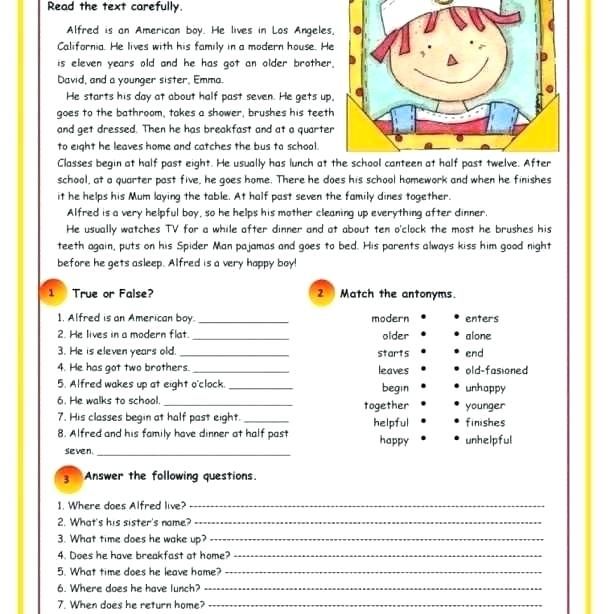 ” “Why do you think that?”
” “Why do you think that?”
Early readers can engage with you in a basic discussion of a Guided Reading text. During the Discussion Prompt portion of the lesson, use open-ended questions to focus on some basic comprehension strategies.
For example:
- Retell: “What happened in the beginning, middle and end of the story?”
- Describing Characters: “How would you describe the young boy in this story? Describe his character traits.”
Day 2’s Guided Reading Discussion Prompt for “Mom’s Birthday Treat” would include Comprehension Focus questions such as:
- Key Details: What steps did they take to make the treat for Mom?
- Identifying Words/Phrases: What words on page 5 tell you how the main character is feeling?
- Setting: Describe the setting of the story. Did it change at all throughout the text?
Guided Writing:
You can also teach Reading Comprehension during the Guided Writing portion of your Early Readers’ lesson. For example, the writing activity on Day 3 might be to ask students to summarize the story using the S-W-B-S-T framework.
For example, the writing activity on Day 3 might be to ask students to summarize the story using the S-W-B-S-T framework.
Reading Comprehension Activities for Early Readers
As Early readers begin to understand and comprehend the stories they read, they’ll begin to develop an appreciation for reading. These kiddos can learn to use basic comprehension strategies–and you can help by making the learning process engaging and fun!
My Guided Reading Tab-Its® include some great activities to teach students comprehension strategies such as Cause & Effect, Character Traits, Plot, Setting and Compare & Contrast
In addition, my Guided Reading Flip-Flap Books are fun, interactive activities that allow learners to practice and record the concepts they’re learning in Guided Reading lessons. Whatever the comprehension focus, I’ve got you covered! Students love the fun shapes and creative design of these booklets. One of their favorites is the I-Pod (or I-Phone) Accordion Book that teaches Sequencing. (Even when they’re little, those kiddos love their phones!)
One of their favorites is the I-Pod (or I-Phone) Accordion Book that teaches Sequencing. (Even when they’re little, those kiddos love their phones!)
I’ve also created a Guided Reading Detective Flip-Flap Book® series that includes reading comprehension “Tab-Its”® activities like these:
- “What’s the Scene?” (Setting)
- Investigation Report (Beginning, Middle & End)
- Witness Report (Character Traits and Evidence)
- Events in the Investigation (Sequencing)
- Who’s Who? (Compare & Contrast Two Characters)
Students love “playing detective” and using their newly acquired comprehension strategies to dig into the stories they read!
Reading Comprehension Strategies for TRANSITIONAL Readers (Levels J-N)
Transitional readers possess a good number of sight words and high-frequency words, and they’re learning to use an array of decoding strategies to solve unknown words.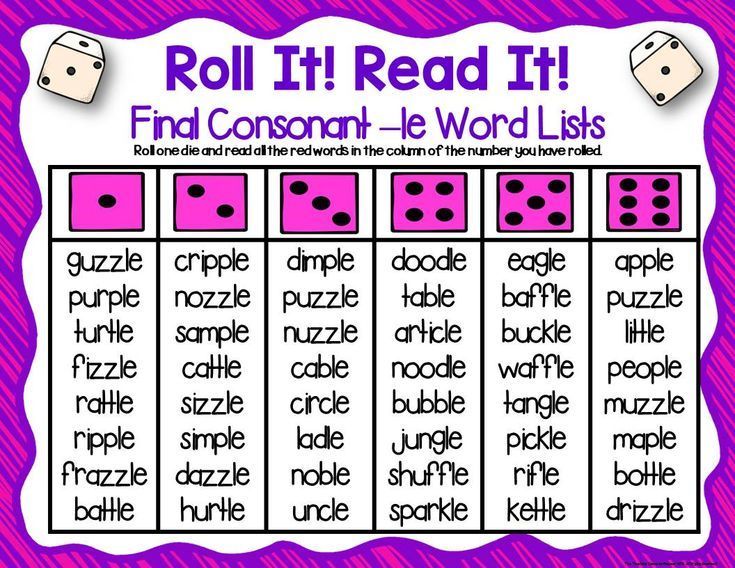 Since they’ve passed the early stages of reading and are ready to begin reading books with longer paragraphs, Transitional readers generally need plenty of work in the area of comprehension.
Since they’ve passed the early stages of reading and are ready to begin reading books with longer paragraphs, Transitional readers generally need plenty of work in the area of comprehension.
Transitional Readers Are Not All The Same!
Although some Transitional readers may read with a good degree of fluency and speed, they might also lack a real understanding of the text or may have difficulty recalling details of what they’ve read. It’s especially important for these Transitional readers to be taught the skill of reading for meaning.
On the other hand, there are Transitional readers who read much more slowly and may still have difficulty in decoding; yet these same students may have a strong understanding of the story and can retell it easily.
Since Transitional readers can vary so significantly from one another, it’s vitally important for you to evaluate the reading comprehension skills of each individual student. During Read and Prompt, take the opportunity to provide differentiated instruction, focusing on the areas where students need help using specific comprehension strategies.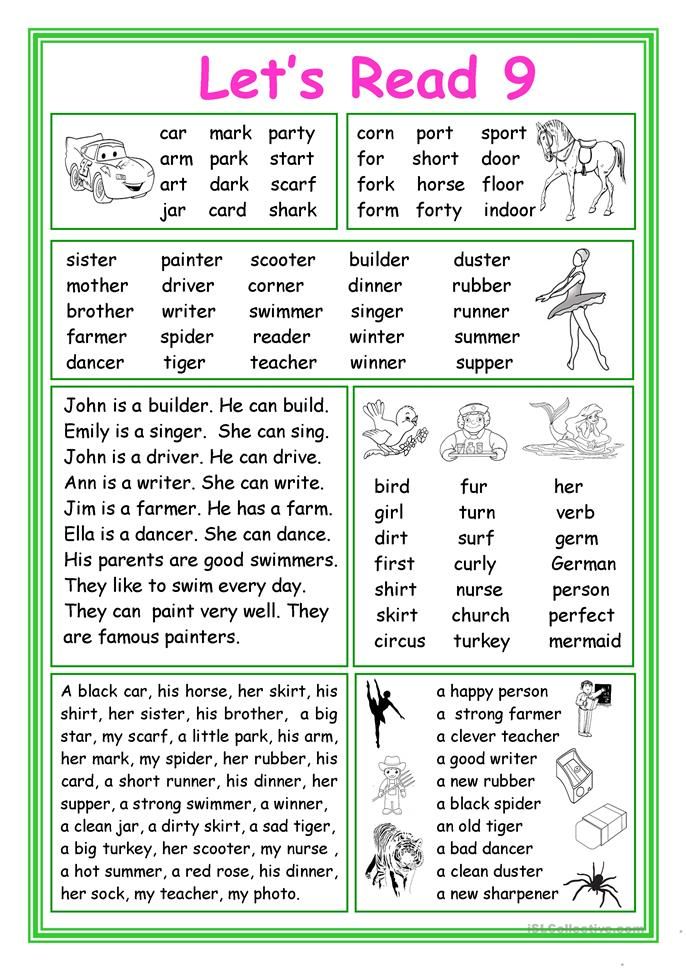
Use Running Records Assessments and Take Anecdotal Notes!
Anecdotal notes and running records are essential for evaluating a student’s use of comprehension strategies.
During the Read & Prompt, walk around and listen as students whisper-read. As you do, make anecdotal notes about what strategic teaching is needed for this particular lesson or what should be covered in future lessons. Then use this information to guide your instruction.
A reading conference that includes a running record, oral retelling and comprehension conversation can tell you a great deal about where a transitional reader is in terms of comprehension. During the oral retelling section of the conference, remember that a complete retelling includes all the main ideas and important details of the text. In an adequate retelling, the student covers most of the main ideas and some of the important details.
Build That Vocab!
Readers at the Transitional stage are encountering multisyllabic words, so vocabulary instruction is key.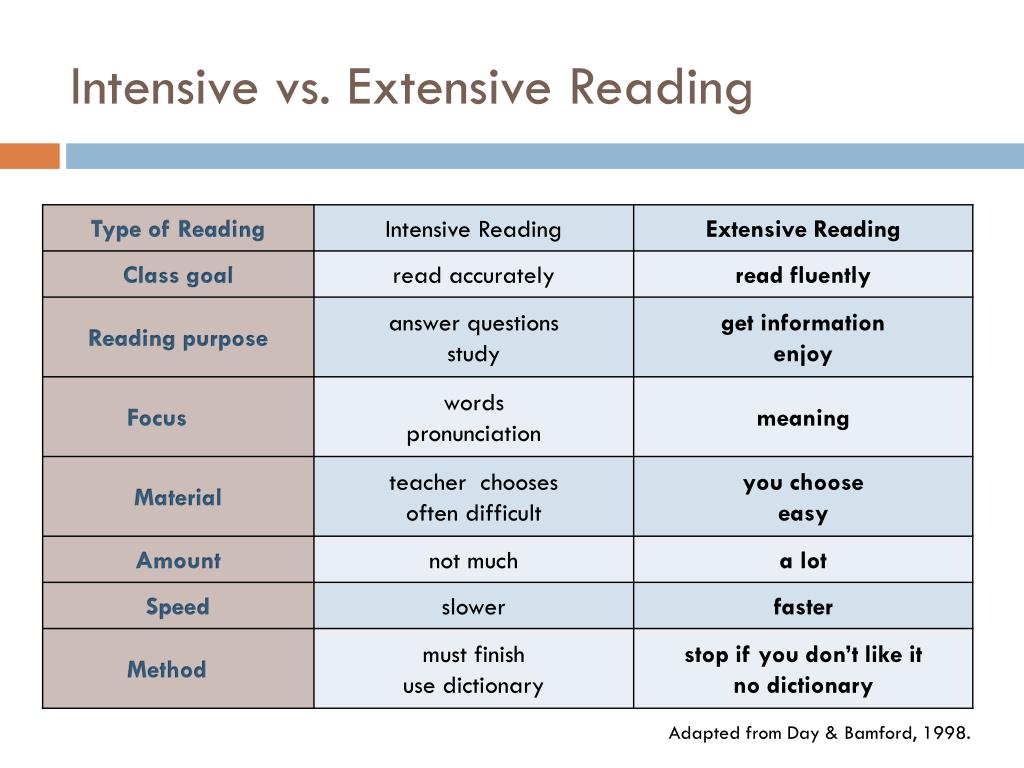 It’s important for you to read through the text in advance and identify a few vocabulary words your students may have difficulty with. During the Vocabulary Intro portion of the lesson, introduce 2 to 3 new words. Direct students to the pages where the new vocabulary words appear, and ask the students to look for those words.
It’s important for you to read through the text in advance and identify a few vocabulary words your students may have difficulty with. During the Vocabulary Intro portion of the lesson, introduce 2 to 3 new words. Direct students to the pages where the new vocabulary words appear, and ask the students to look for those words.
Teach Those Strategies!
The Discussion Prompt lesson segment is your opportunity to teach new comprehension strategies to your Transitional readers. In this segment of the lesson, you’ll determine whether a student has really understood the text they’ve read. Focus on a specific comprehension skill or strategy, such as Summarizing, Making Connections, or Synthesizing.
As students respond to discussion questions, ask them to show you the picture or page of the book where they got their answer. The discussion can take place through a turn & talk, or you could have one or two children share with the group.
The purpose of the book discussion and shared retelling is to determine what students have gleaned from their reading.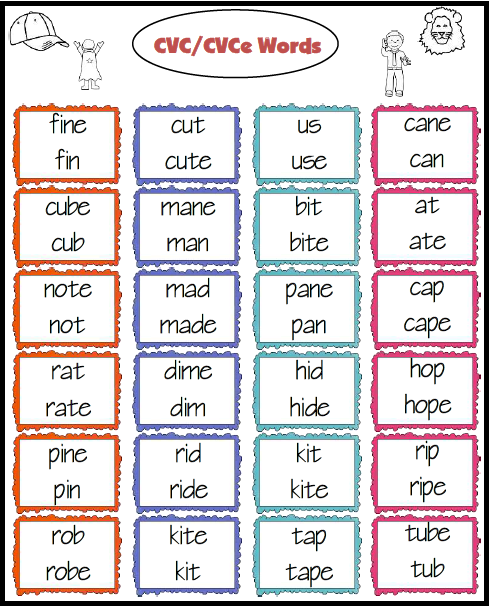 Although Transitional readers may have a good handle on decoding and fluency, most need to gain strategies to help them go deeper in understanding the text.
Although Transitional readers may have a good handle on decoding and fluency, most need to gain strategies to help them go deeper in understanding the text.
This is why shared retelling is so important to include in a lesson plan with these readers. Have transitional students follow the S-W-B-S-T framework for a shared retelling. Sequencing and problem & solution strategies are also appropriate for this discussion. Monitor your students and then pick & choose the type of retelling you want the group to do, based on what the students need.
Reading Comprehension Activities for Transitional Readers
While decoding strategies may be the main focus of your strategic teaching with Early and Emergent Guided Reading groups, Comprehension is an essential teaching focus as you instruct your Transitional readers. Transitional readers may still need to increase fluency, but your main goal should be to help these readers learn to think more deeply about the text and use comprehension strategies that will help them understand it.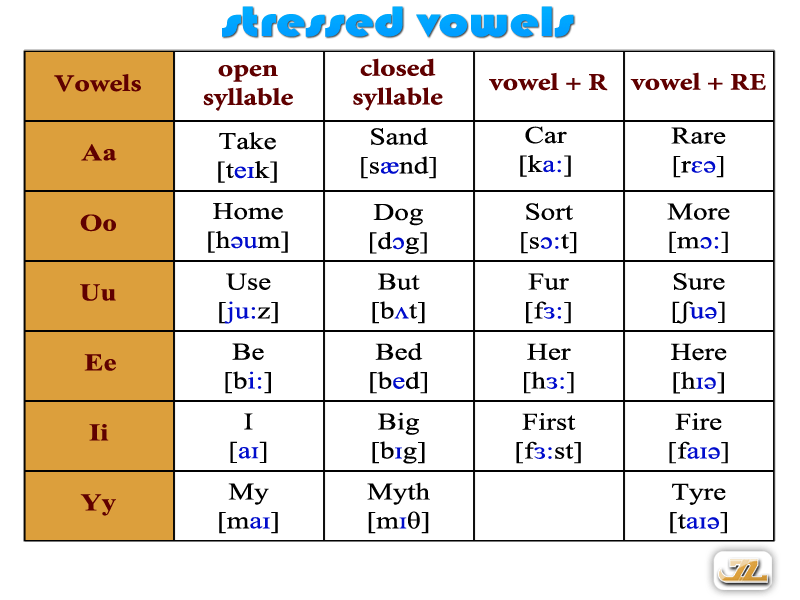
During Strategy Instruction, teach and model the following strategies; then allow students to practice the skill.
- Monitor for Meaning – Consider whether the word makes sense within the sentence. (Read a sentence with an incorrect substitution and ask, “Did that make sense?”)
- Monitor for Visual Cues – Make an error reading and ask a student what the error was.
- Read & Think – Teach the strategy and model it through a speak-aloud.
- Use Context Clues to help figure out meaning of a difficult vocabulary word. (Read the entire sentence, leaving the new vocab word “blank.” Discuss how the other words in the sentence might help you solve the meaning.)
- Fluency & Intonation – Model both proper and improper fluency and intonation. Allow students to practice reading a sentence using the proper techniques.
Reading Comprehension Activities for Transitional Readers
My Reading Comprehension Tab-Its® are an excellent way for your students to hone-in on the important comprehension skills and strategies they need to practice and master.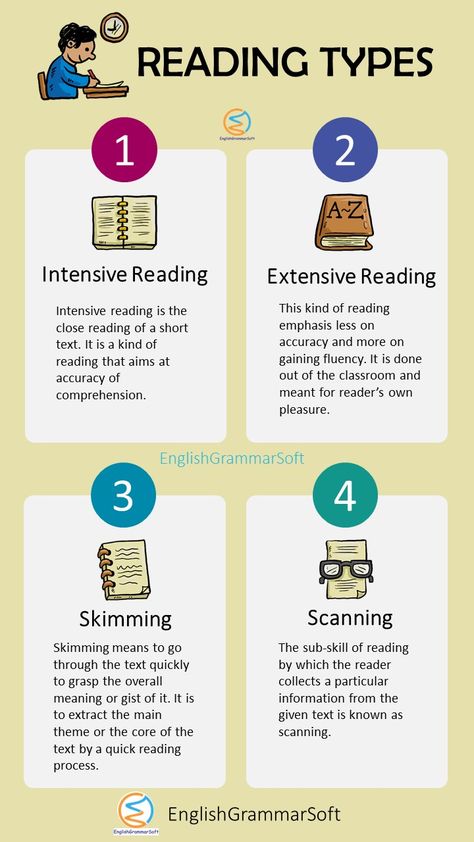 After your Read & Prompt and strategy instruction are completed, let your kiddos practice the skill by completing one of these fun activities. They can be used with any text you are reading with your class; and when completed, they’ll fit perfectly into a Guided Reading interactive notebook. Your students will love them!
After your Read & Prompt and strategy instruction are completed, let your kiddos practice the skill by completing one of these fun activities. They can be used with any text you are reading with your class; and when completed, they’ll fit perfectly into a Guided Reading interactive notebook. Your students will love them!
More to Come…
Remember to check out my other post, Reading Comprehension Strategies List for Fluent Readers, but in the meantime: one last word of encouragement before I close. You’re an amazing teacher! Don’t get discouraged, and don’t lose focus. Keep teaching your kiddos those all-important reading comprehension strategies, and reinforce them with engaging and enjoyable practice activities. Keep reaching toward that goal of fluent readers who comprehend the text and read to learn!
Wait!!! Before you go!!! Here is a Reading Tab-Its® FREEBIE just for YOU!!! Thanks so much for stopping by!
Happy Teaching!
xoxo,
Great School Student Encyclopedia
Great School Student Encyclopedia a unique edition containing the entire body of knowledge, necessary for elementary students. For children going to the 1st grade, it will serve as an indispensable assistant for school preparation. In this encyclopedia, the child will be able to find any information of interest to him, in a way that is clear and easy to understand. You choose words and definitions for simple things, that need to be explained to the child? Doubt the wording? Just take "Big Encyclopedia schoolchild" and find the right answer with your child!
For children going to the 1st grade, it will serve as an indispensable assistant for school preparation. In this encyclopedia, the child will be able to find any information of interest to him, in a way that is clear and easy to understand. You choose words and definitions for simple things, that need to be explained to the child? Doubt the wording? Just take "Big Encyclopedia schoolchild" and find the right answer with your child!
Mathematics in verse
Speech development
ABC in pictures
Attention games
How to choose the right school
Your child is left-handed
How to prepare homework
Controls and exams
Big encyclopedia of schoolchildren is your reliable guide in the world of knowledge. It will guide you through the winding labyrinths of the sciences and reveal the veil of the great mysteries of the Universe. With her you will rise high to the stars and sink to the bottom of the deepest seas you will learn to see the smallest organisms and feel the vast expanses of the Earth.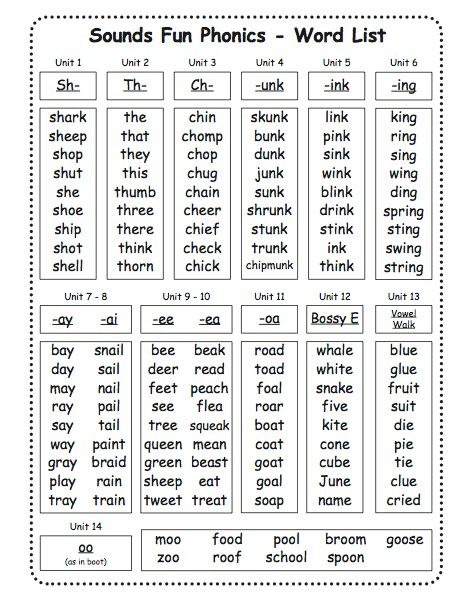 By embarking on this exciting journey, you will significantly expand your horizons and rise to a new level of development. From now on, no questions from teachers can confuse you, you can find a way out of any situation. The world of knowledge is calling you. Good luck! nine0007
By embarking on this exciting journey, you will significantly expand your horizons and rise to a new level of development. From now on, no questions from teachers can confuse you, you can find a way out of any situation. The world of knowledge is calling you. Good luck! nine0007
| Child does not want to learn letters Child does not want to learn letters - You know, you have to do something! - anxiously told me a plump, well-dressed lady, barely fit in a chair. Her legs in neat boats were tightly compressed (the skirt to the middle of the knee seemed a little short for such a monumental figure), her hands were folded on her knees. - She’s going to school that year, all her peers are already reading, and she even letters ... | Past continuous passive The passive voice is formed with the help of the auxiliary verb 'to be'. |
| Determination of the formula of an organic substance by its molar mass Task: Determine the formula of a hydrocarbon if its molar mass is 78 g. No. p / p Sequencing Taking Actions 1. Write down the general formula of a hydrocarbon. The general formula of the hydrocarbon СхНу 2. Find the molar mass of a hydrocarbon in general terms. M (CxHy) \u003d 12x + y 3. | W SOUND (U). 1) Convenient letter! It's convenient in her What is possible with a letter Hang up your coat. U - bitch In any forest You will see the letter W. 2) PHONETIC CHARGING. How the wolf howls! (u-u-u) 3) TASKS. a) Raise your hand if you hear the sound (y): spider, flower, puddle, sofa, table, chair, pigeons, chicken. b) Where is (y)? Teeth, duck, science, kangaroo... |
Diagnostics of reading (method, tempo, comprehension and expressiveness)
Not all children easily master reading, this is due to many reasons. Automating a skill is a complex process and rarely happens on its own. For different children, it lasts from 1 to 3 years, and in case of difficulties - up to 5-8 or more.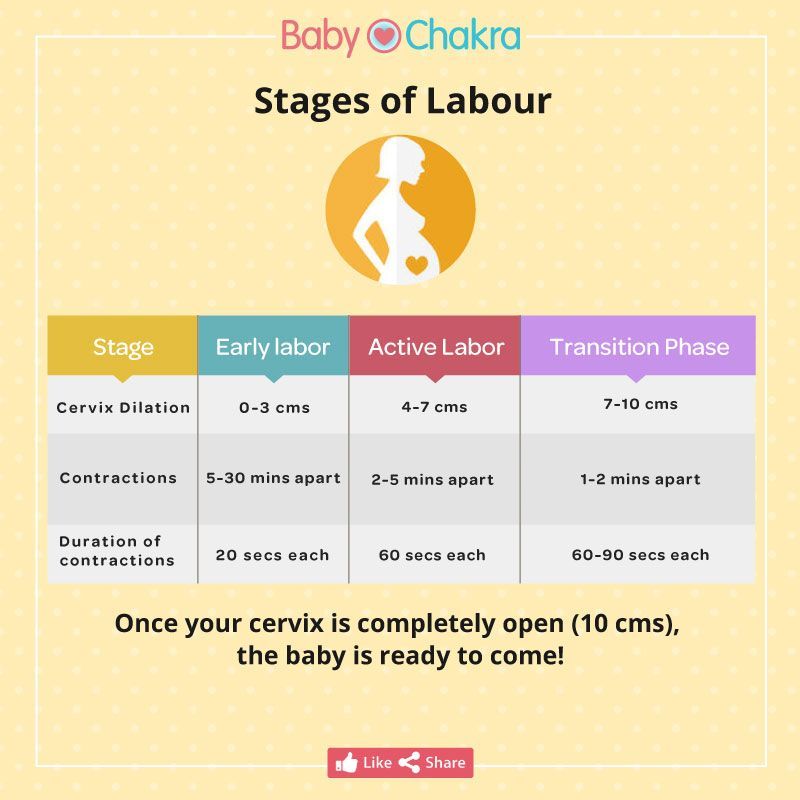
In order to determine the nature of your child's difficulties, we will highlight the components of the reading skill that reflect his success or failure. nine0007
Reading method.
A child goes through several stages in the course of mastering reading skills.
1. First, he remembers the image of the letter and compares it with the sound - a syllabic way of reading.
2. Then he learns to merge sounds into syllables - reading by syllables and the whole word.
3. Then he masters the fusion of syllables into words - reading the whole word and syllable by syllable. Gradually, the child begins to read whole words and groups of words. The next task is to make this skill stable, bring it to a skill, and subsequently to automatism. nine0007
Each stage is a ladder rung for children to climb. They cope with their task in different ways: someone quickly moves from step to step, someone lingers on each step for a long time. But no one can jump over a step; everyone successively passes through these levels.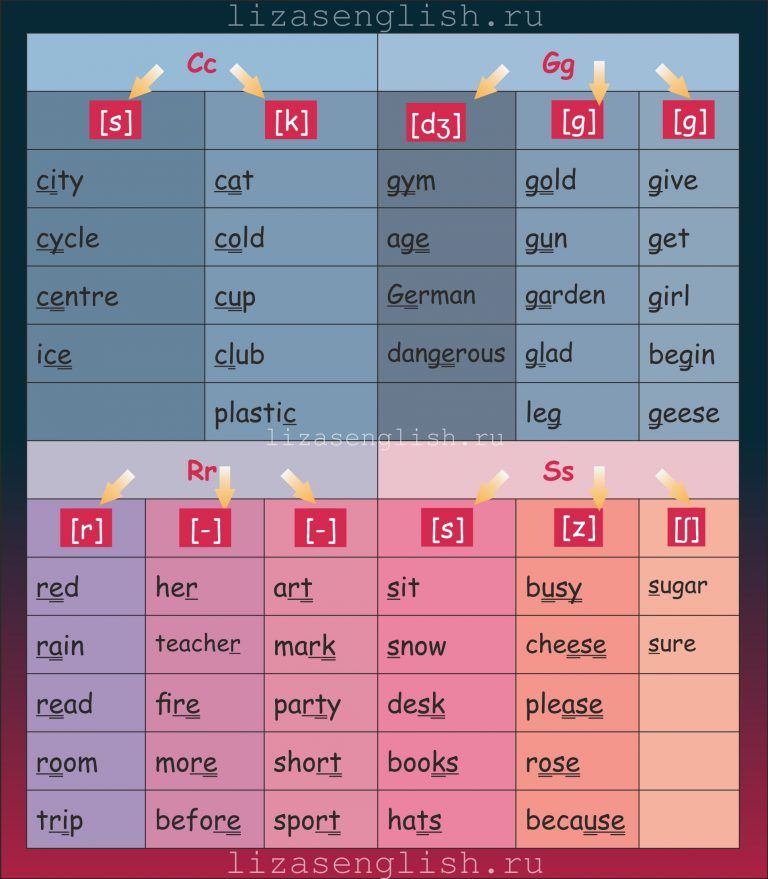 And at each stage, it is possible and necessary to work on the correctness of reading, achieving the unmistakable pronunciation of letters, syllables, endings, words, and so on. Naturally, at each "step" the specifics of the work will have its own characteristics. nine0007
And at each stage, it is possible and necessary to work on the correctness of reading, achieving the unmistakable pronunciation of letters, syllables, endings, words, and so on. Naturally, at each "step" the specifics of the work will have its own characteristics. nine0007
Reading pace.
The pace of reading directly depends on the "step" your child is currently at. The less perfect the way of reading, the slower children read. For those who are on the first steps, reading presents the greatest difficulty. Therefore, low reading speed is natural for them. Speed shows not only the child's ability to read individual words, but also how much the child understands the meaning of what he read: the higher the speed, the higher the level of understanding. There are certain reading speed standards for schoolchildren. nine0007
Regulations.
- By the end of the first semester of first grade, each child should be able to read at least fluent syllabic reading at a rate of 30-35 words per minute.
- By the end of the first grade, the standard reading rate increases to 45 words per minute. This is the minimum score for a "satisfactory" rating. An excellent student should read 50-55 words in a minute. The child should read short words in their entirety, without dividing them into syllables, long ones - by syllables.
- The rate of reading in the second grade should be 55 words per minute at the end of the first half of the year, and 60-70 by the end of the school year. Whole words should be read, and only especially long ones by syllables. nine0007
- And finally, in the third grade, the reading speed by the end of the first half of the year should be 75 words per minute, by the end of the year - 90. You need to read in whole words and without errors, that is, without omissions, replacements and repetitions of letters, syllables, words, with the correct setting of grammatical and logical stresses. In addition, reading comprehension and the ability to briefly retell the content are assessed.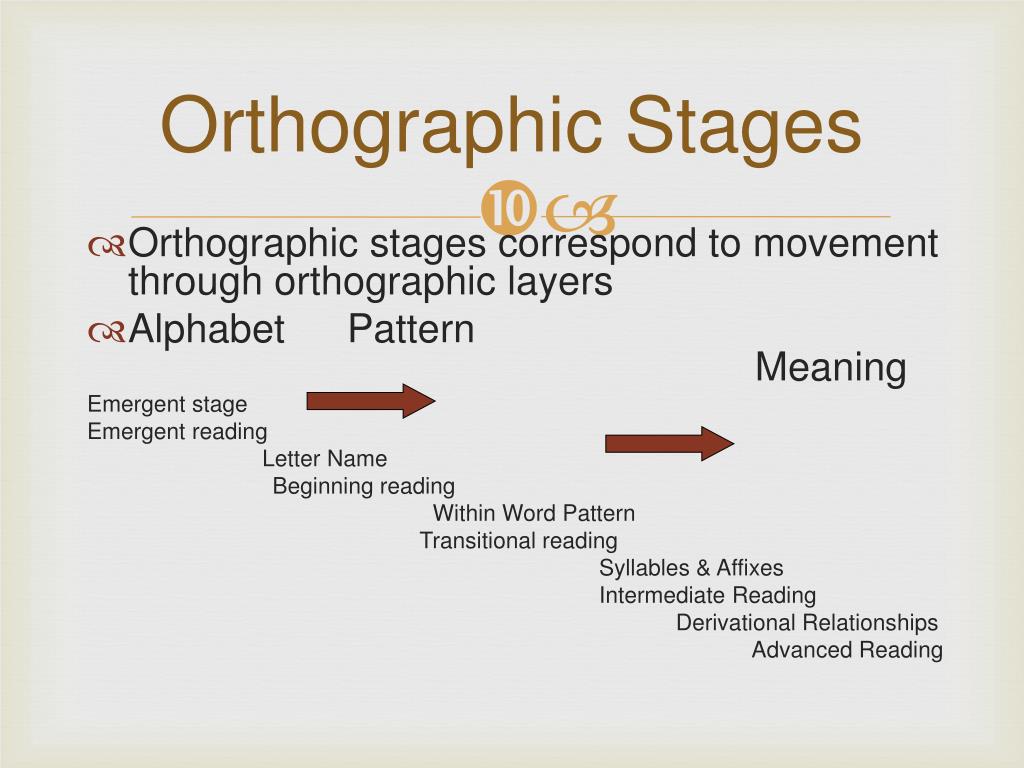 The mark depends on the speed indicators. The lower the speed, the lower the score. Figuratively speaking, the student at the beginning of his reading journey appears to be a car driver, and the teacher is a traffic police inspector who punishes not for speeding, but, on the contrary, for slowness. nine0007
The mark depends on the speed indicators. The lower the speed, the lower the score. Figuratively speaking, the student at the beginning of his reading journey appears to be a car driver, and the teacher is a traffic police inspector who punishes not for speeding, but, on the contrary, for slowness. nine0007
Understanding, method, correctness.
In order to say with confidence that the child has mastered the skill of reading, a high reading speed is not enough. This is by no means the main thing. It is much more important that the child understands every word of the text and its meaning as a whole. For this, it is necessary that the child has a vocabulary appropriate for his age, and also knows how to competently build grammatically correct constructions. Thus, the depth of understanding is determined not only by the method and pace of reading, but also by the general level of speech development. At the same time, reading and speech are two sides of the same coin: the more a child reads, the better speech develops; the better the speech is developed, the more serious and deeper the understanding of what is read.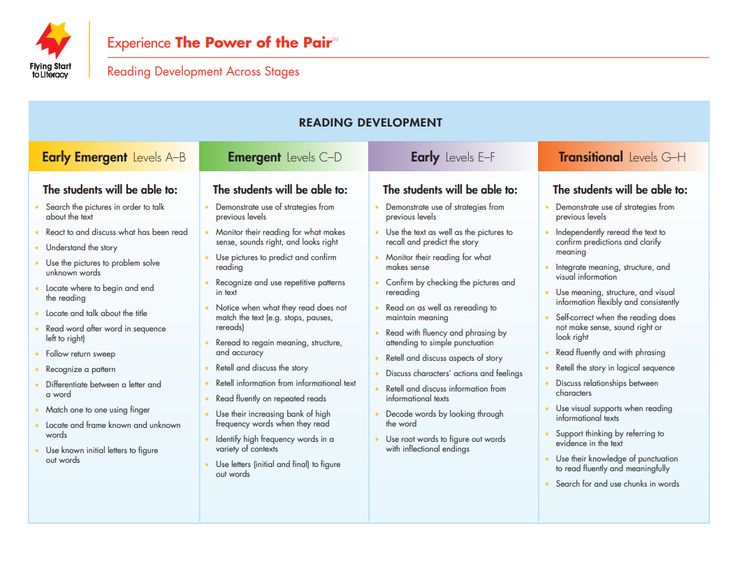 nine0007
nine0007
Expressiveness of reading.
Expressiveness plays a special role in understanding the content. No wonder children love it so much when they are read aloud to them with expression. Emotionally colored reading contributes to a deeper and more detailed understanding of the text, its nuances and plot twists. But learning to read expressively is a rather difficult task for a child. Full expressiveness is possible only when the reading technique is brought to automatism.
However, even in the early stages of learning, it is possible and necessary to pay attention to how emotionally the child reads. At the initial stage of mastering the reading technique, you need to follow a loud and intelligible pronunciation, at first it makes no sense to demand more. However, the task will gradually become more complicated: it will be necessary to help the child find the right intonations, use pauses correctly, and place logical stresses. Punctuation marks will help to cope with this difficult task.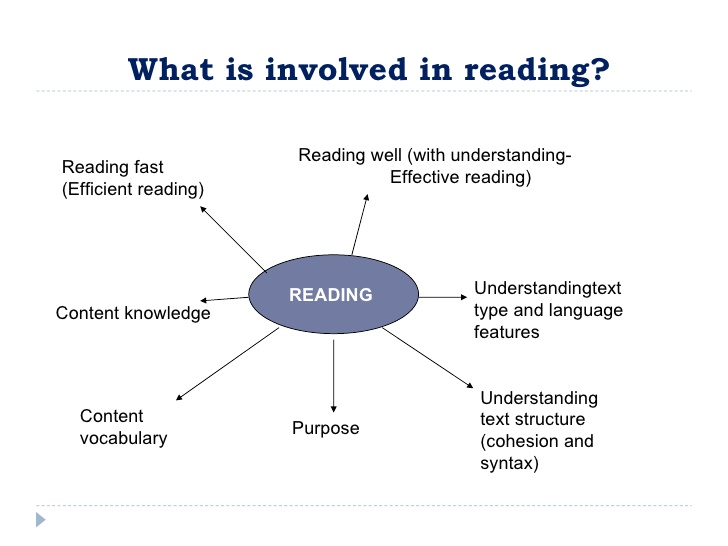 nine0007
nine0007
School Curriculum Expression Requirements:
- By the end of the first grade, the student should be able to observe pauses separating one sentence from another, and pauses dictated by punctuation marks in sentences.
- By the end of the second grade, the correct intonation at the end of the sentence is required, as well as the observance of pauses and intonations corresponding to punctuation marks. In addition, the child must highlight when reading words that carry a large semantic load.
- By the end of the third grade, expressive reading involves the ability to find intonation (tempo, logical stress, pauses, tone) corresponding to the content of the text being read, to use the main means of expression.
How to determine the way a child reads?
Note to parents.
Do you want to know where your child is in learning to read? The following test task will help you with this. Below are 3 texts, each one geared towards a particular way of reading.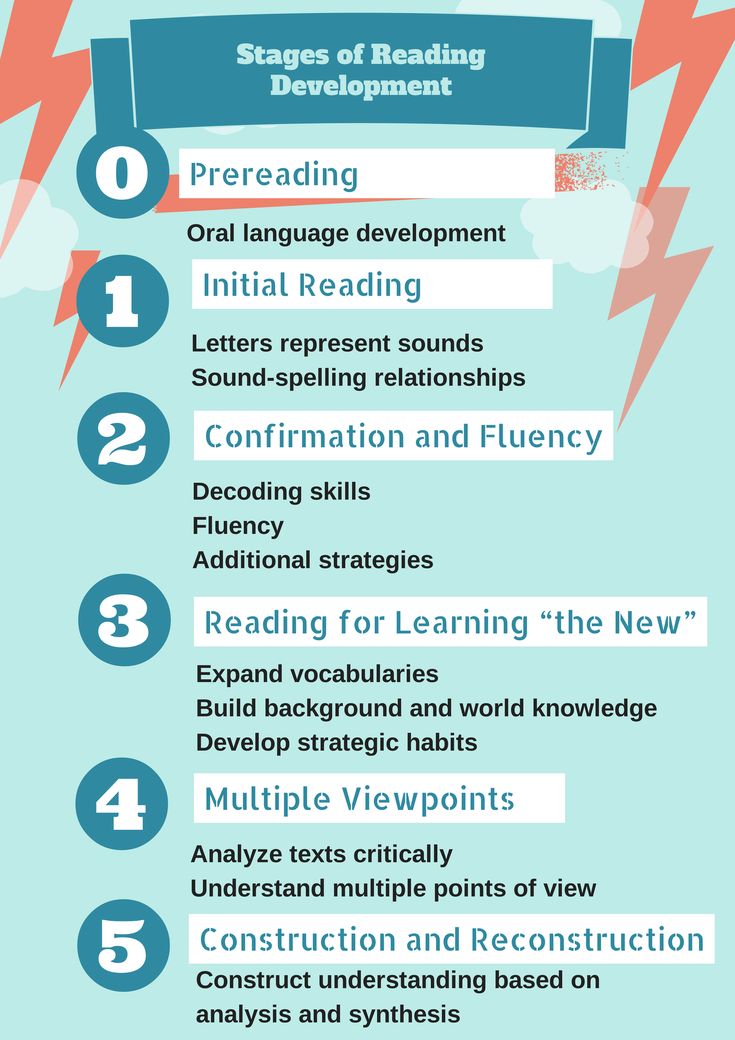 nine0007
nine0007
Text No. 1 is intended for children who are at the stage of formation of a syllable-by-syllable way of reading.
Text №2 - for children improving their reading skills.
Text No. 3 - for children who already know how to read most of the words in a synthetic way, that is, the whole word.
Choose the text that you think fits the child's skills and have him read it. If during the reading process you see that the text you have chosen is too simple or, on the contrary, too difficult for your child, try to complicate / facilitate his task by choosing another text from among those offered. nine0007
Text 1. The fox and the wolf (excerpt)
There lived a grandfather and a woman. The grandfather says to the woman:
- You, woman, bake pies, and I will harness the sleigh, I will go for fish.
Grandfather caught a full cart of fish. He goes home and sees: the fox is curled up, lying on the road.
Grandfather got down from the cart, came up, and the fox lies as if dead.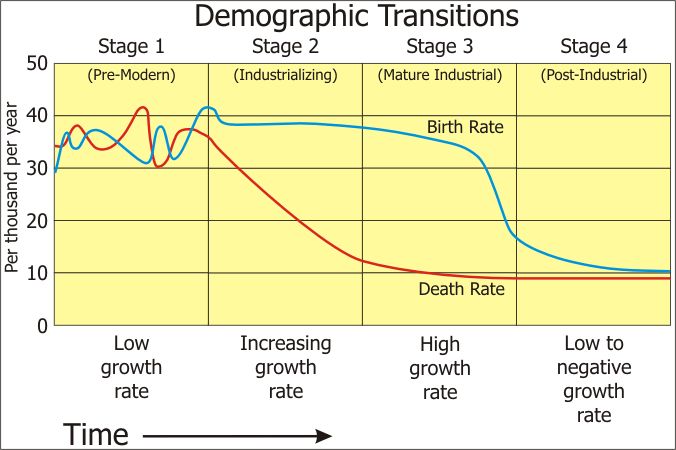
- What a glorious find! There will be a collar for my old woman's fur coat.
Grandfather took the fox and put it on the cart, and he went ahead.
(Russian folk tale)
Text 2. Lada
Lada is sick. A cup of milk stood near her nose, she turned away. They called me.
- Lada, - I said, - I need to eat.
She raised her head and wagged her tail.
I stroked her. From caress life played in her eyes.
- Eat, Lada, - I repeated, moving the saucer closer.
She pulled her nose to the milk and began to burst into tears.
So, through my kindness, she gained strength. Maybe it was those few sips of milk that saved her life.
Let's sum up our research. nine0007
Post-story stage.
If your child takes time to associate a letter with a sound and put the sounds into a syllable, the pauses between syllables are long enough, and the overall pace of reading is very slow, then your child is in the syllable-by-syllable stage.
Reading Improvement Guidelines:
reading, but also include exercises for the development of mental activity, self-control, self-esteem, positive motivation - the entire personal sphere of the child.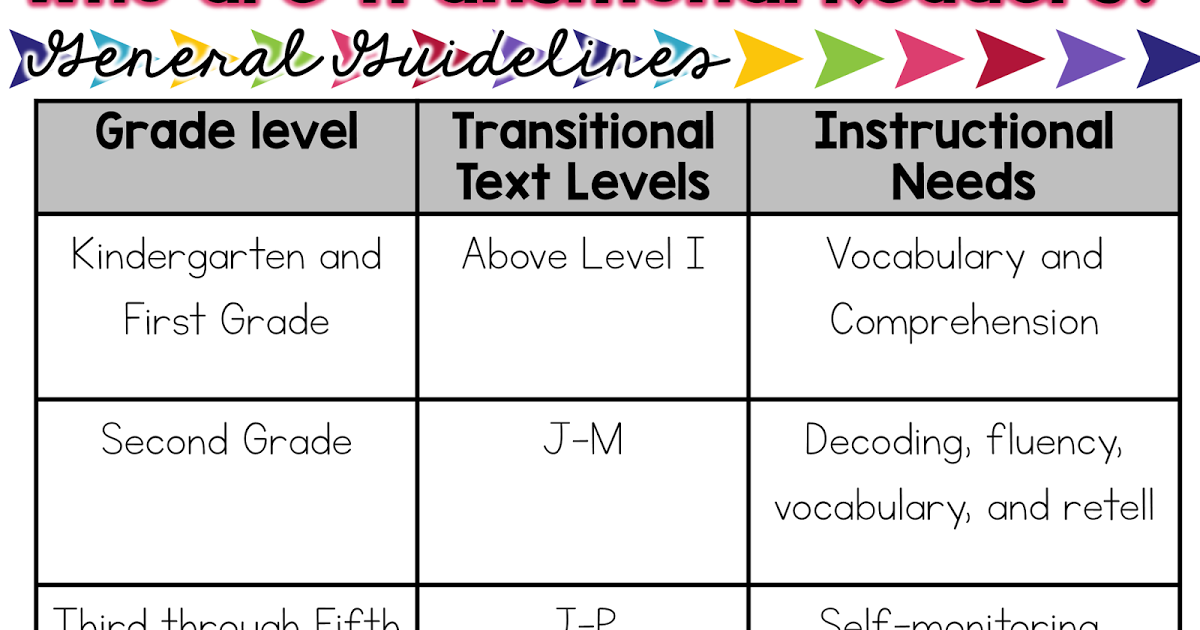 nine0007
nine0007
2. Pay attention to the difficulties the child is facing. Perhaps they are purely individual or, on the contrary, characteristic of most children at this stage:
- the child does not know some letters well, confuses outwardly similar ones;
- uses the so-called letter-by-letter method of reading, since he has not formed ideas about the sound image of the word: "Pe-A, Pe A - it turns out" dad ",
- incorrect or fuzzy pronunciation of the words being read;
- low level of self-control;
- small field of view
Transition from syllable reading to whole word reading.
If your child reads short words quickly and completely, but long ones are still divided into syllables; the pace of reading is very uneven - sometimes quite fast, sometimes slow - which means that he is at a transitional stage from reading by syllable to reading as a whole word. The uneven pace of reading in this case depends on the fact that the process of reading itself becomes different. It begins to include rather complex mental actions, such as mentally combining syllables into a word, understanding its meaning, understanding the way the word is read. nine0007
It begins to include rather complex mental actions, such as mentally combining syllables into a word, understanding its meaning, understanding the way the word is read. nine0007
Reading Improvement Suggestions:
1. If your child is at this stage, proceed to the Activity Notes 6-10 (Syllable and Whole Word Reading section). At the same time, remember that the speed and volume of reading should be increased gradually, taking into account the capabilities of the child, so that later you do not have to correct the mistakes that have become habitual.
2. Pay attention to the difficulties that your child may have or have experienced at this stage. Compare them to the most common:
- the child incorrectly guesses the next word, has a low level of development of semantic guessing.
- "excessive haste", a fast pace of reading, in which correctness, understanding, and expressiveness suffer.
If, on the other hand, the child is required to read whole words too early, he can develop the habit of the so-called "reading in a double way": the pace becomes extremely slow, since each word is first formed in syllables in the mind and only then pronounced aloud.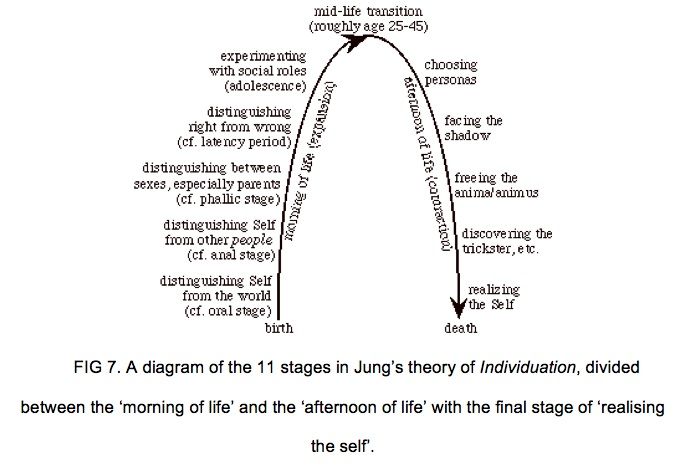 The child continues to read in a spelling way. nine0007
The child continues to read in a spelling way. nine0007
Whole word reading stage.
If your child is already approaching a full-fledged synthetic way of reading, that is, only the most complex words are read by syllables, it means that he is at the "whole word - syllable" stage.
At this stage, the reading of some words syllable by syllable may be caused by the following difficulties:
- technical - a confluence of consonants, the presence of four syllables in words;
- semantic - the meaning of the words is not entirely clear;
- the word contains both a semantic and a technical barrier, and even a fluent reader cannot read it in its entirety. nine0007
Let's consider these difficulties in more detail on the example of specific words from text No. 3. It contains:
1. Words, the meaning of which is not entirely clear to the child: ALONE, CLIMB, PROCEDURES.
2. Words that, in principle, are understandable, but are rarely used in everyday speech: Dwellers, HEAD, HEALING.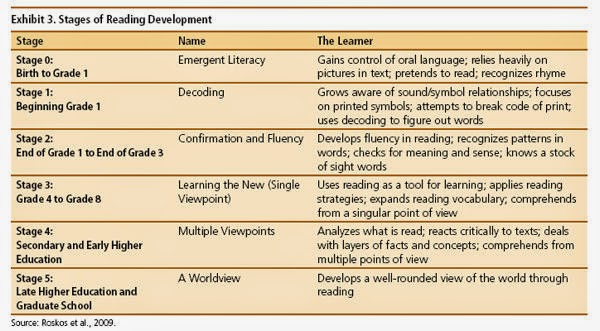
3. Words with a confluence of two or more consonants: GET OUT, BATHING, RAIN, RUSSUS, EDGING, SPLASHING. Particular attention should be paid to reflexive verbs with the endings "-tsya" and "-tsya". After all, they are pronounced differently than they are written: we write "tsya" or "tsya", we say "tsa". nine0007
4. Words containing four syllables: get up, bathe, sunbathe, head, russula. All these difficulties create a barrier and slow down the speed of reading at the stage of reading a whole word.
Text 3. Frog
What forest dwellers do alone. They get up that only in the head will climb. They play, they sing, they dance. And then they swim and sunbathe, like this frog. I found a russula with rainwater and let's splash in it, as if in a basin. And now he sits on the edge and sunbathes. Breathe healing air. After water procedures takes air baths. (According to N. Sladkov)
Recommendations for improving reading skills.
At this stage, you need to work not only on reading technique, but also on expanding your child's vocabulary.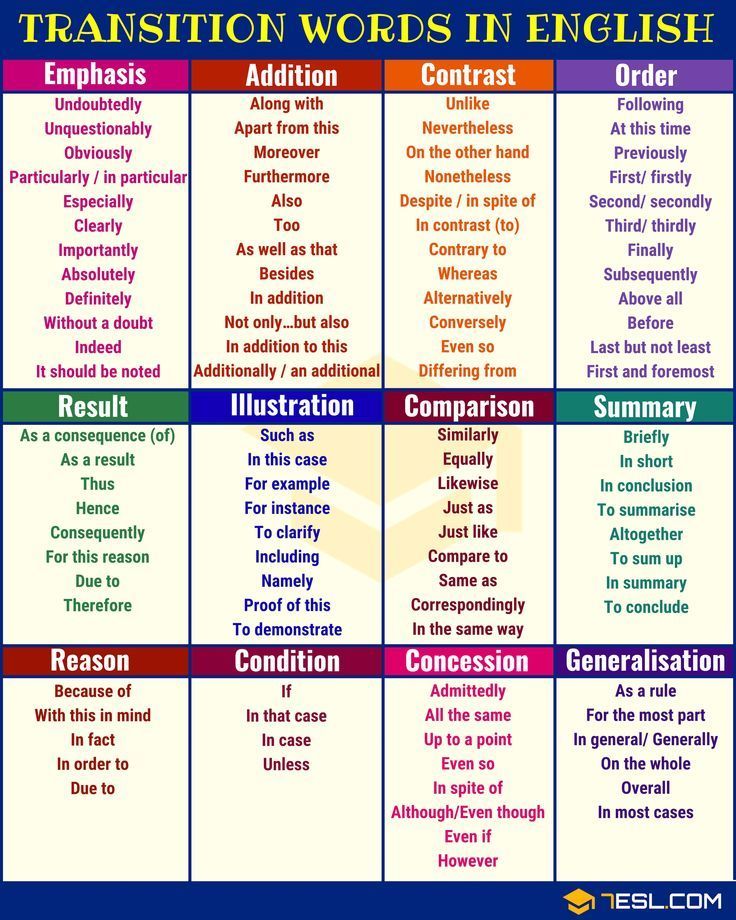

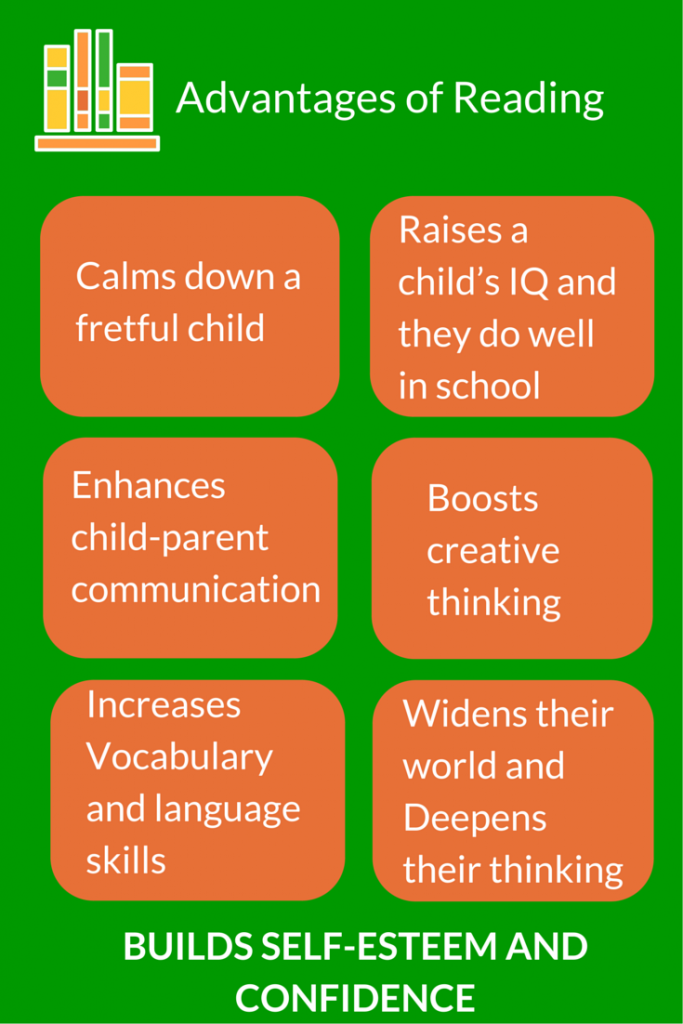 Passive voice of the verb 'to repair' in the 'continuous' group: To be repaired = To be repaired. The road is being repaired = The road is being repaired. The road is not being repaired = The road is not being repaired. Is the road being repaired? = Are they repairing the road? The road was being repaired = The road was being repaired. The road was not being repaired = The road was not being repaired. Was the road being repaired? = Did they repair the road? Passionate ...
Passive voice of the verb 'to repair' in the 'continuous' group: To be repaired = To be repaired. The road is being repaired = The road is being repaired. The road is not being repaired = The road is not being repaired. Is the road being repaired? = Are they repairing the road? The road was being repaired = The road was being repaired. The road was not being repaired = The road was not being repaired. Was the road being repaired? = Did they repair the road? Passionate ...  Equate the value of the molar mass found in a general form to that given in ...
Equate the value of the molar mass found in a general form to that given in ... 
